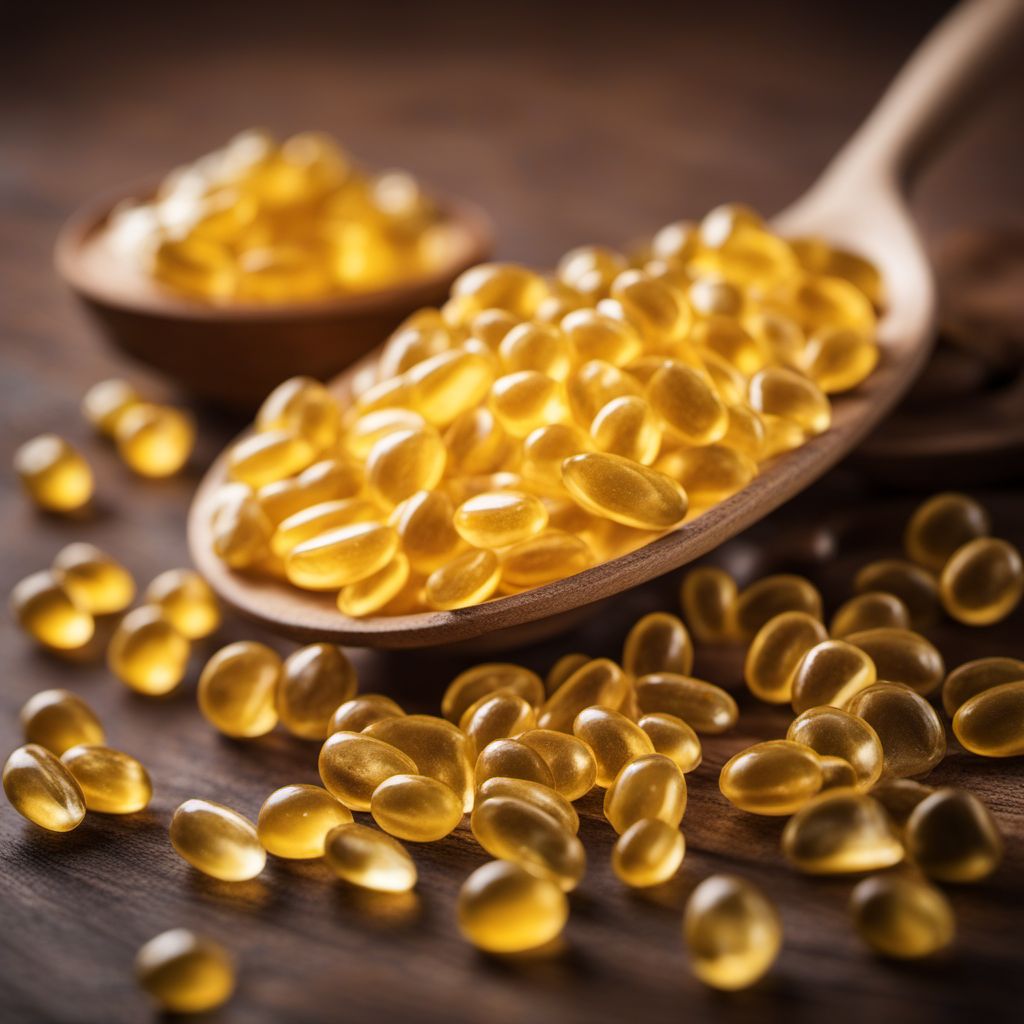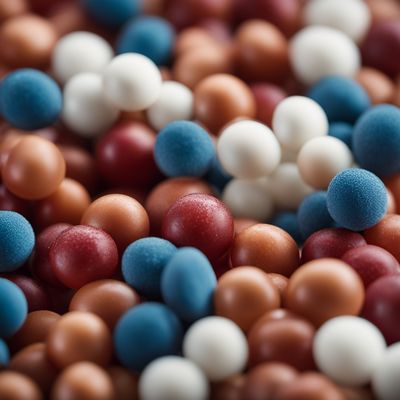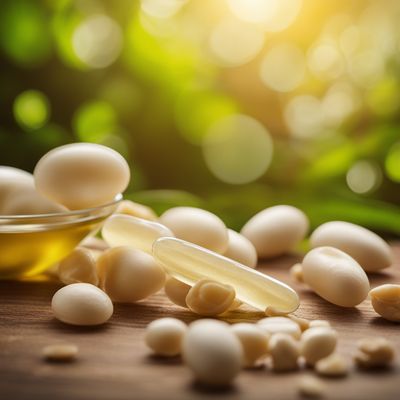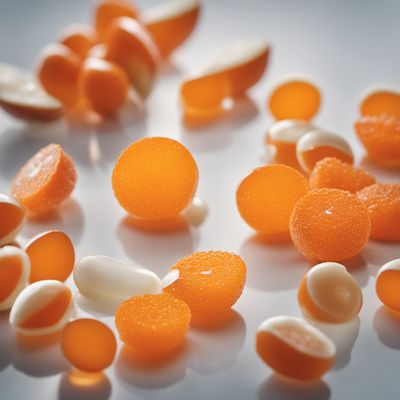
Ingredient
Vitamin E (tocopherols, tocotrienols)
The Antioxidant Powerhouse
Vitamin E is a group of fat-soluble compounds that come in various forms, including alpha-tocopherol and gamma-tocopherol. It is known for its antioxidant properties, protecting cells from damage caused by free radicals. With a slightly nutty flavor and a mild aroma, it is commonly used in skincare products and as a dietary supplement.
Origins and history
Vitamin E was first discovered in 1922 by researchers Herbert McLean Evans and Katherine Scott Bishop. It is found naturally in various foods such as nuts, seeds, and vegetable oils. Throughout history, it has been used for its potential health benefits, including its role in promoting skin health and supporting the immune system.
Nutritional information
Vitamin E is a nutrient-dense ingredient that provides essential antioxidants to the body. It supports immune function, helps protect against oxidative stress, and promotes healthy skin.
Allergens
There are no known allergens associated with Vitamin E.
How to select
When selecting Vitamin E supplements, look for reputable brands that use natural sources and have undergone third-party testing for quality and purity. For food sources, choose fresh nuts, seeds, and oils that are stored properly to maintain their vitamin content.
Storage recommendations
To maintain the freshness and quality of Vitamin E supplements, store them in a cool, dry place away from direct sunlight. For food sources, keep nuts, seeds, and oils in airtight containers in a dark pantry or refrigerator to prevent oxidation.
How to produce
Vitamin E can be produced by growing plants that are rich in this nutrient, such as sunflower seeds, almonds, and spinach. These plants can be cultivated in home gardens or larger agricultural settings with proper care and attention to soil quality and environmental conditions.
Preparation tips
Vitamin E can be used topically by applying it directly to the skin or incorporated into skincare products. It can also be consumed as a dietary supplement or added to various dishes, such as salads, smoothies, and baked goods, to enhance their nutritional value.
Culinary uses
Vitamin E is commonly used in a wide range of culinary applications, including salad dressings, marinades, and baked goods. It adds a subtle nutty flavor and helps extend the shelf life of certain foods.
Availability
Vitamin E is widely available in various forms, including supplements, oils, and fortified foods. It can be found in most grocery stores, health food stores, and online retailers.
More ingredients from this category » Browse all

Vitamin D (cholecalciferol, ergocalciferol)
"The Sunshine Vitamin: Unlocking the Power of Vitamin D"

Vitamin B12 (cyanocobalamin, hydroxocobalamin, methylcobalamin)
The Essential Vitamin: Unveiling the Power of B12

Vitamin B2 (riboflavin)
The Radiant Nutrient

Vitamin B7 (biotin)
The Beauty Vitamin: Unveiling the Wonders of Biotin

Vitamin K (phylloquinone, menaquinones)
The Mighty Nutrient: Unveiling the Power of Vitamin K

Vitamin B9 (folic acid, folinic acid)
The Essential Nutrient for Cell Growth and Development

Vitamin B5 (pantothenic acid)
The Essential Nutrient: Unveiling the Power of Vitamin B5

Vitamin B3 (niacin, niacinamide)
The Essential Nutrient: Unveiling the Power of Vitamin B3

Vitamin C (ascorbic acid)
The Immunity Booster: Unveiling the Power of Vitamin C

Vitamin A (retinol, carotenoids)
The Vision Booster

Vitamin B1 (thiamine)
The Essential Energy Booster

Vitamin B6 (pyridoxine, pyridoxamine, pyridoxal)
The Essential Nutrient Trio: Unveiling the Powers of Vitamin B6